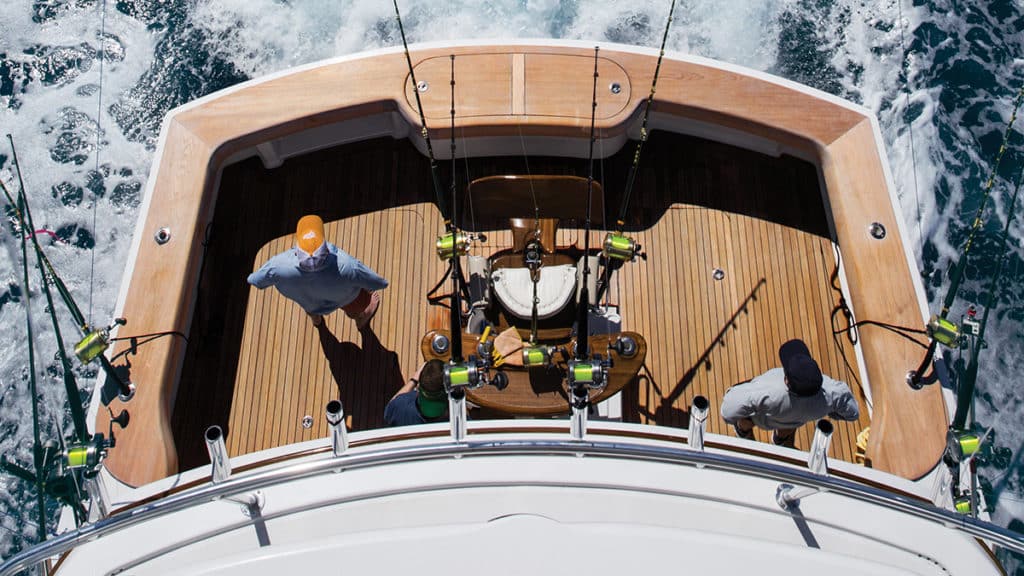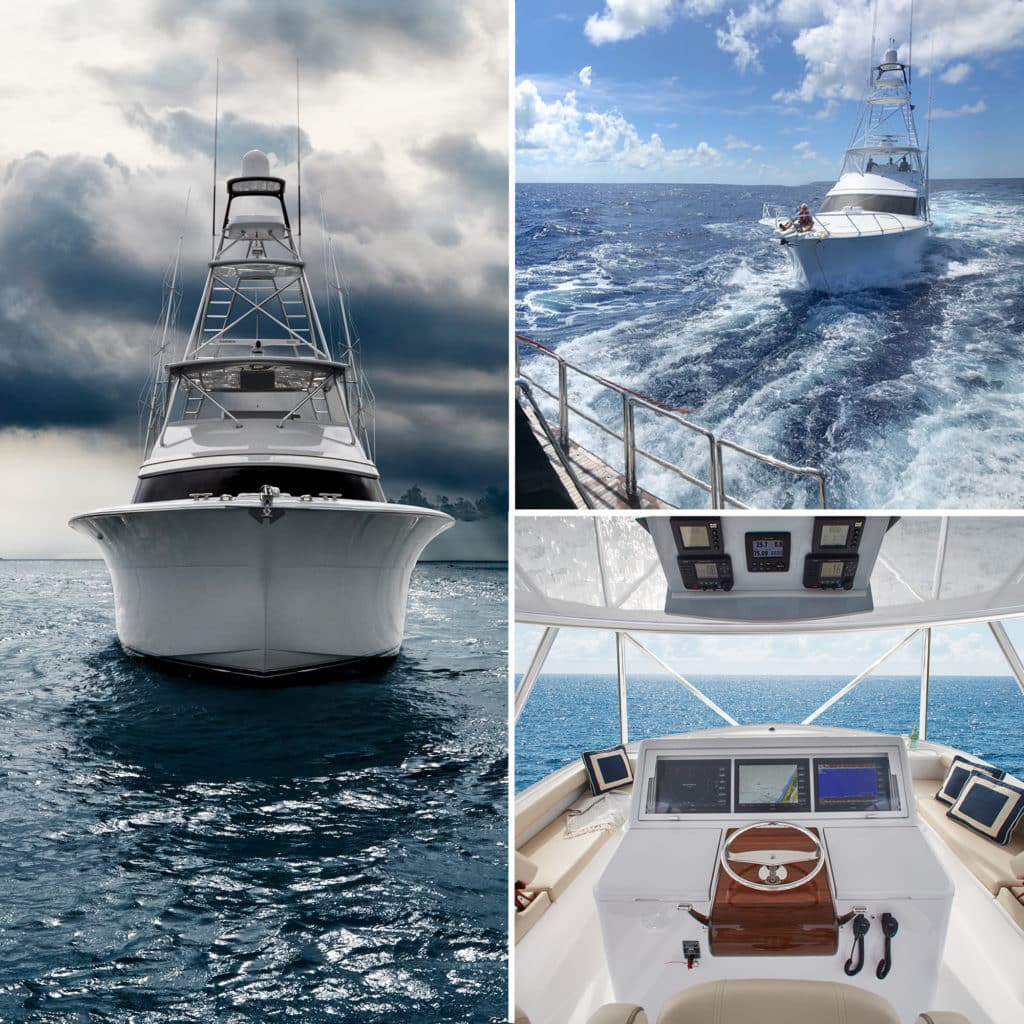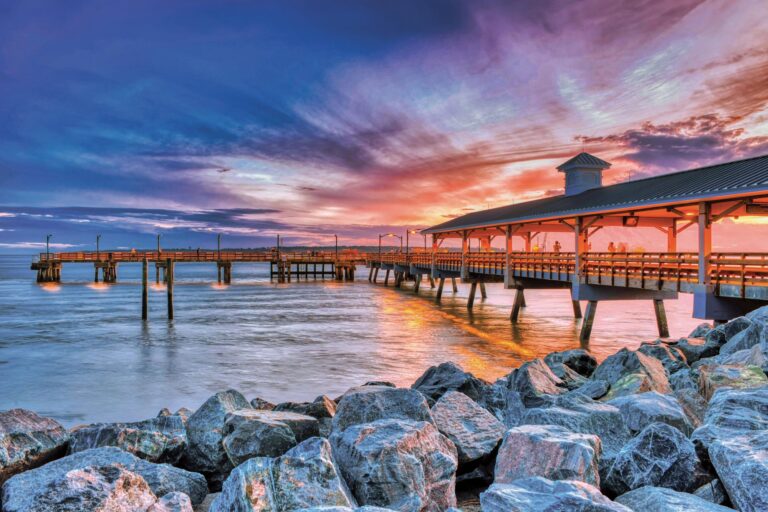
Capt. John Crupi feared the “what ifs.” It was, after all, believed to be the first time a boat of this kind might do what he was preparing to do with Post One.
She’s a Hatteras GT63 with a 1,900-gallon fuel capacity that will get her to the canyons at 40-plus knots, but not across oceans. And yet, that’s what her owner wanted.
The crew had endured a few bad experiences in 15 years of towing a 45-footer, and transport ships didn’t offer routes near the grounds the owner wanted to fish. So, the idea was to cruise Post One on her own bottom 4,085 miles from Panama to Bermuda to the Azores, in tandem with the owner’s mothership, the 148-foot Cheoy Lee Dorothea III. The team had to figure out how to transfer diesel to the Hatteras from the mothership’s reserves.
Underway. Three times during the trip from Bermuda to the Azores alone. At 1,500 gallons a pop.
First, they tested a side-by-side setup, but wakes from both boats created havoc. Then they tossed a messenger line with a monkey’s fist at the end to the Hatteras’ bow. “We pretended that the messenger line was a fuel hose, to see if we could keep it there at 10 knots,” Crupi says.

Testing the Toughness of a Tournament Machine
That worked in seas up to 6 feet, so the system became attaching a fuel line to the messenger line. Crew would connect it to a special fitting and open a valve to transfer fuel. Post One got nail-biting low on fuel once as they waited out 6- to 8-footers, but “from that point,” Crupi says, “it was pretty easy.”
They’re ready to do it again, on November’s return crossing to Brazil — 3,000-plus miles.
“We’re an aggressive program,” Crupi told Yachting from the Azores in August, shortly after hooking up a 700-pound blue marlin. “It’s not for the faint of heart.”









